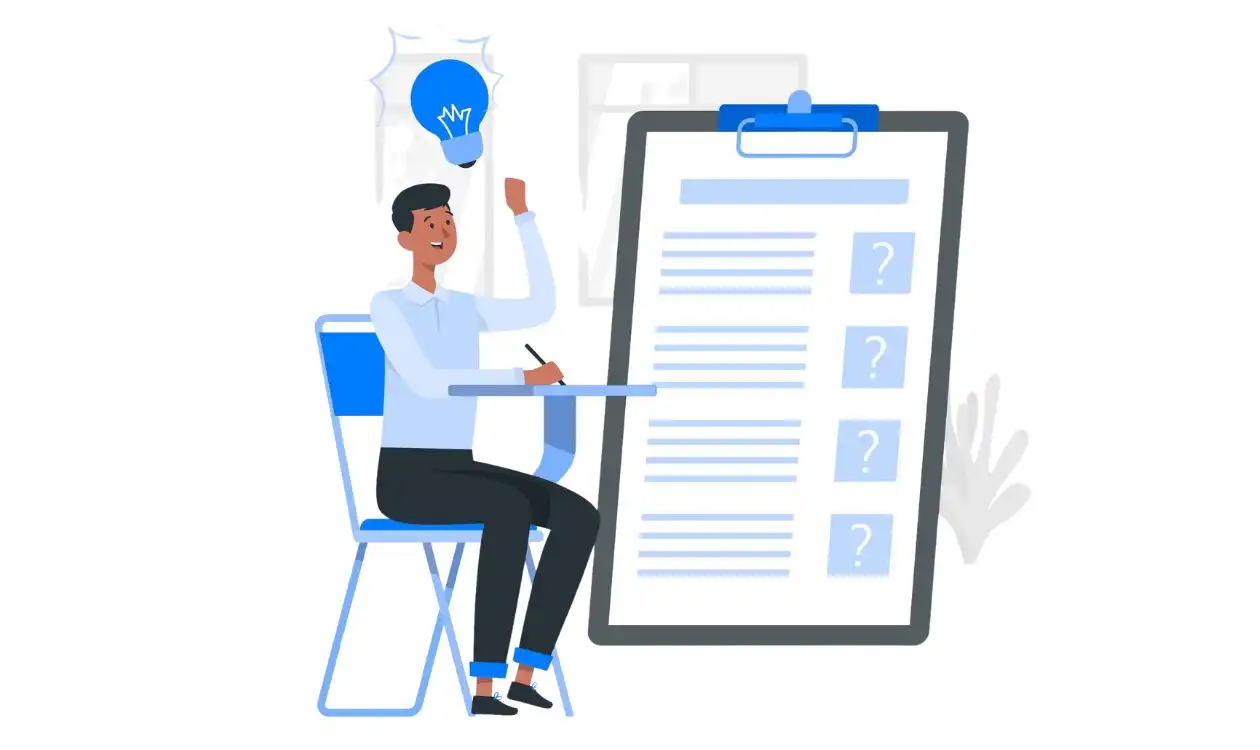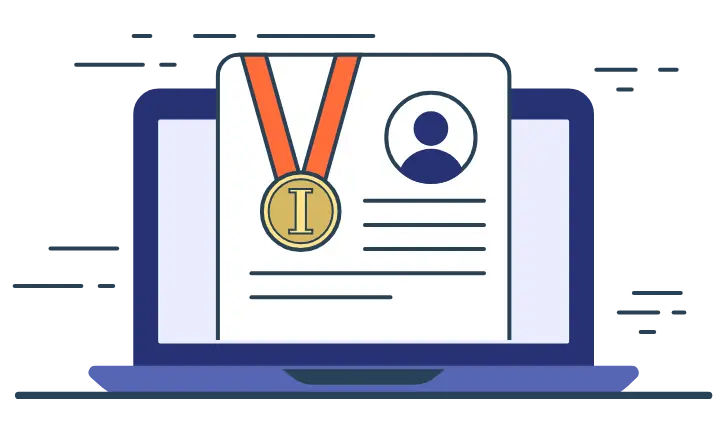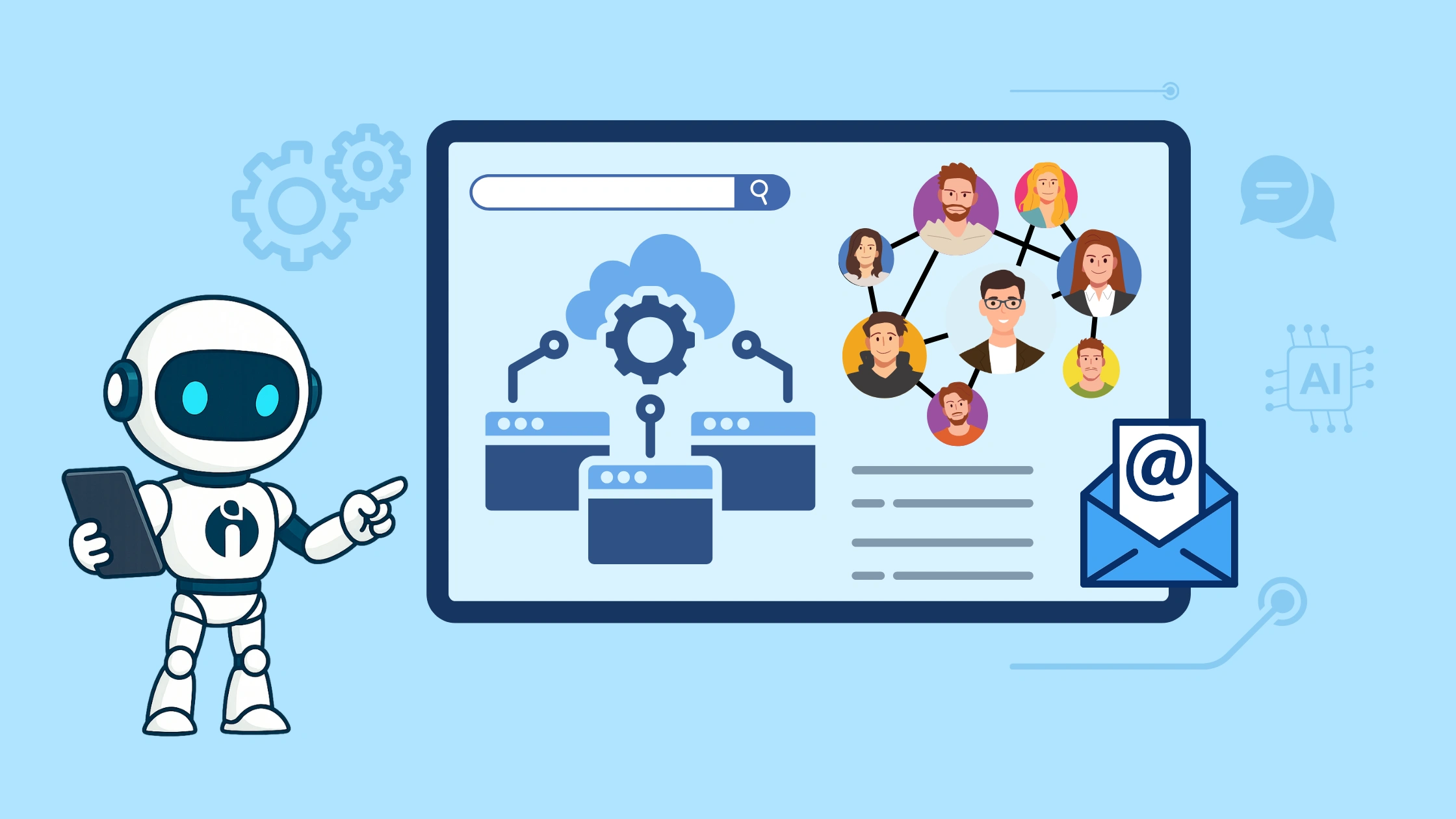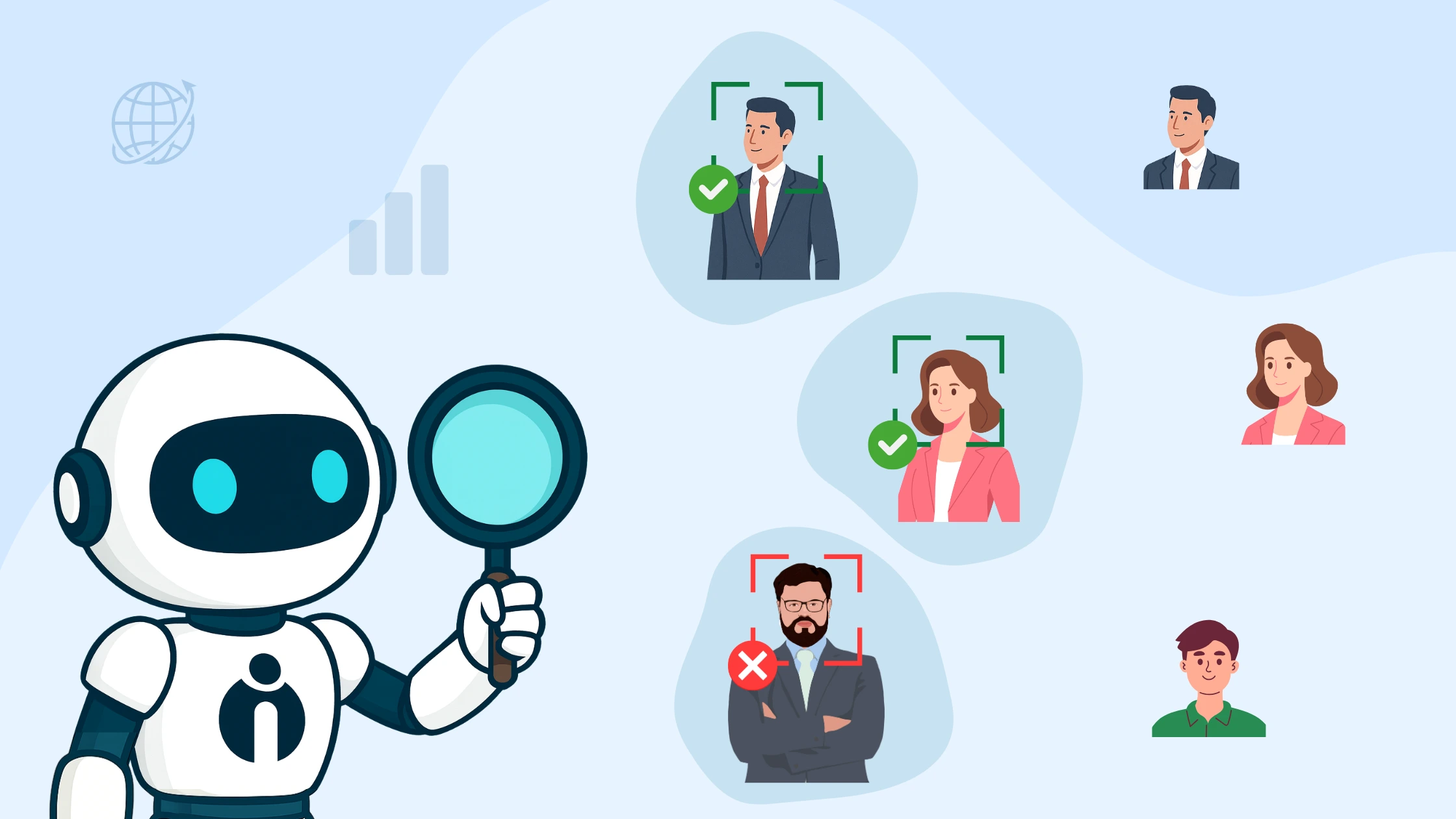Introduction
All organisations aspire to make their workplace more diverse and to have high-performing teams. Therefore, the goal of every organisation should be to reduce hiring bias in recruiting since the bias happens when the lead recruiter favours a particular applicant over others, resulting in an irrational decision that may compromise the retention efforts of the company and its goal to diversify the workplace.
Organisations strive to build diverse teams that perform well and drive success. However, hiring bias can undermine these efforts when recruiters favour certain candidates without objective reasons. This can lead to poor decisions that weaken retention and reduce workplace diversity.
Unconscious discrimination may cause companies to overlook the best talent, affecting their ability to compete and grow. Reducing bias in recruitment helps ensure the right candidates are selected, supporting both fairness and long-term business goals.
Letting go of the perfect individual for the job because of unconscious discrimination will reduce the company's chances of staying competitive and growing exponentially. Hence, it is crucial to reduce hiring bias, which ensures that you are hiring the right people for the positions.
Key Takeaways
-
Hiring bias can hinder workplace diversity and team performance.
-
Unconscious bias may prevent the best candidates from being hired.
-
Reducing bias leads to better recruiting and stronger organisations.
What Are the Reasons Behind Bias in Hiring?
Bias comes into the picture when the recruiter has an unconscious or deeply embedded feeling against a certain race, appearance, gender, educational background, socio-economic factor, or other discriminatory factors. It is a human error influenced by a preconceived judgment, clouding objective evaluation. The hiring person may not be aware that this is happening, but finding someone who has similar interests or comes from the same university can trigger a favourable emotion.
On the other hand, conscious bias occurs when the recruiter has previous experience with the applicant, which may adversely impact the process and overlook the other person's positive abilities. In addition, to stop any biases in your recruiting process, you can implement various ways and techniques that promote diversity, equity, and inclusion in the workplace. A survey by LinkedIn found that 83% of talent acquisition professionals believed that unconscious bias was a problem in the hiring process.
Some key causes of hiring bias include:
-
Unconscious preference for people who seem similar
-
Stereotypes linked to identity or background
-
Personal history influences opinions
-
Social and cultural influences shaping judgement
Organisations can try different steps to reduce bias and support fair recruitment that values diversity and inclusion.
What types of bias most often affect hiring decisions?
| Common Bias Types | Simple Ways to Avoid Them |
| Affinity bias | Use diverse interview panels |
| Ageism | Focus on skills and experience |
| Gender bias | Standardised questions for all |
| Confirmation bias | Blind CV reviews |
| Stereotyping | Structured and fair interview steps |
Best 6 Ways to Reduce Hiring Bias for Successful Recruiting
Considering unconscious biases as one of the prime factors that can negatively affect the productivity of skilled and potential employees. Below are six ways to help you reduce hiring bias in your recruiting process.
1. Recruit to Retain
Avoid affinity bias and embrace a diverse environment that allows new talents to shine. Diversity is vital if you want the company to survive in the new normal. A diverse talent pipeline is one of the keys to adapting to the fast-paced competition. Recruiting leaders should focus on hiring applicants with the right, above-average skills to deliver the desired results.
Hiring managers should strive to create a diverse workforce that represents a broad range of experiences and backgrounds. This helps avoid favouring candidates similar to those already in the company.
Organisations can increase employee retention and job satisfaction by recruiting people who not only have strong skills but also align with the company’s culture and values. Workers who feel connected to their workplace often perform better and stay longer.
By aligning the recruitment requirements and process with the company's culture, values, mission, and working style, there will be an increased retention rate of employees. It promotes better and longer work relationships because the recruits fit in with the organisation, where they can engage themselves in the jobs and perform well.
2. Standardise the Recruitment Process
Unconscious bias strikes without warning, so it is essential to mitigate it by having a set of prepared questions and avoiding diverging from them.
To limit bias during interviews, recruiters need to follow a clear, uniform process. Preparing a set of standard questions and sticking to them helps ensure all candidates are evaluated fairly. While there should be room for open conversation, having measurable criteria for skills makes it easier to compare applicants objectively.
Structured interviews reduce the chances that personal feelings influence hiring decisions. The best option is to combine the two methods by conducting structured interviews, including pre-planned questions and an unstructured discussion. It gives candidates a better opportunity to present themselves effectively and share their previous experiences. It is also crucial to have solid criteria for the required skills for the job, making the structured interview measurable and objective.
3. Form a Panel of Interviewers
A collaborative human-based approach will reduce the risk of bias. To ensure objectivity, select a group of people with different backgrounds, ethnicities, genders, ages, and views. This way, recruiters can eliminate unconscious and personal biases that will promote a fair hiring process.
Let each of them ask questions and take down notes during the interview. When the interview gets completed, make them submit their evaluations or opt for an open discussion about the candidates. Study all their inputs before making a final decision.
Having several interviewers from different backgrounds and perspectives reduces the influence of individual biases. People with varied experiences and viewpoints can balance each other’s judgments. Each interviewer should ask questions and record their observations independently. After the interviews, the team can discuss and review their notes together, helping to make a more impartial final decision.
4. Administer Pre-Employment Tests
Incorporating pre-employment tests into your recruitment method is another way to remove biases. They are highly predictive but offer valuable insights into the traits and capabilities of the applicants. The tests include personality assessments, skills tests, and cognitive ability tests.
The results of these scientifically validated assessments help many companies to find the best employees. The evaluation is very reliable and free from human intervention. They also allow the hiring team to see the most suitable candidates for the jobs while providing an equal opportunity for everyone to display their potential.

Pre-employment tests offer an unbiased way to evaluate candidates by measuring skills and behaviours directly related to the job. These can include personality tests, ability exams, or practical skill challenges. Since these assessments are scientifically tested, they provide reliable insights without human prejudice. This kind of screening gives all applicants an equal chance to demonstrate their potential.
5. Use Recruitment Software
Another excellent way to reduce hiring bias is to digitise recruitment software. It will help you assess objectively, refine, track down, monitor, and fine-tune the company's hiring process.
These digital tools have features that help streamline the applicants' data and use scorecards to evaluate them. It helps you cover different skills and attributes of every candidate, like communication skills, technical knowledge, decision-making ability, and more. Research by GetApp found that the most commonly used features of Talent Recruitment Software are job posting (92%), applicant tracking (93%), and resume search and management (89%).
| Common Recruitment Software Features | Usage Percentage |
| Job Posting | 92% |
| Applicant Tracking | 93% |
| Resume Management | 89% |
Furthermore, if you are implementing collaborative recruitment, it will make the sharing of opinions and inputs more convenient. Each team member can leave remarks, notes, or scores that can shorten decision-making time and ensure objectives for fair selection.
6. Automate the Entire Hiring Process
If you want to eliminate the risk of human biases, opt for the total automation of the recruitment process. It means there will be no or little involvement of anyone, allowing an objective assessment of all interviewees. Recruitment automation software is primarily designed to check the competencies of people applying for specific roles. Automation guarantees minimal errors and reduces the burdensome process of pre-assessment, coordinating, interviewing, reviewing, and recording the results.
To minimise human influence, companies can use automation for much of the recruitment process. Automated systems can handle initial assessments, interviews, and evaluations based on predefined competencies.
Automation tools often use open-ended questions to gather detailed information about candidates, producing impartial reports that hiring managers can use to make well-informed choices.
Look for the best job competency tool to cater to your needs and provide maximum recruitment solutions.
Job applicants are given tests with open-ended questions, which allow them to provide more information about their personality, skills, work attitudes, experiences, and more.
The insights from this type of questioning help the hiring leader decide who fits the company's culture and work values. At the end of the session, the recruiting head can access a factual and impartial assessment report for the final evaluation.
Key Points in Brief - Conclusion
First impressions happen very quickly, often within seconds, and can strongly influence how a candidate is viewed. It is a fact that you only need the first 10 seconds to create a positive or negative impression on another person during the initial meeting.
In the hiring process, that brief period can provoke an unconscious bias detrimental to the application results. These snap judgments can lead to unconscious bias that affects decisions unfairly.
Bias during hiring may cause skilled candidates to be overlooked or rejected unfairly. To prevent this, organisations must take steps to minimise prejudice and focus on objective qualifications.
Using clear criteria and fair evaluation methods helps ensure choices are based on relevant skills and experience. This approach supports selecting candidates who truly fit the role and contribute value to the company.
Main effects of reducing hiring bias:
-
Fairer assessments
-
Better diversity
-
Improved talent selection
-
More effective workforce development
To avoid inaccurate judgment, unfair decisions, discrimination, and overlooking the best person for the job, you need to reduce hiring bias when finding skilled talent to hire. Eliminating any prejudice and using relevant metrics from any of the techniques mentioned above will assure you that every hired person will be an asset to the company.
Frequently Asked Questions (FAQs)
1. What is hiring bias?
Hiring bias means favouring or disadvantaging certain candidates due to unconscious preferences or stereotypes. It can affect decisions on who gets hired.
2. How can companies reduce bias in recruitment?
They can use clear, standard job descriptions, conduct structured interviews with the same questions for all candidates, and apply skills-based tests. Training staff to recognise bias also helps.
3. Why is reducing bias important for recruiting?
Lowering bias improves fairness and opens the door to a wider variety of applicants. This leads to more diverse and capable teams.
4. What role does technology play in reducing bias?
Tools like AI-assisted screening and blind recruitment methods can help by focusing on candidates' skills and qualifications, not personal details.
5. How does training staff help with bias?
Educating employees raises awareness about unconscious biases and encourages fairer evaluation during hiring.
6. Can bias be fully eliminated in hiring?
Bias cannot be completely removed, but it can be managed and reduced significantly with consistent efforts, the right recruitment software and clear policies.







.webp)




.webp)

